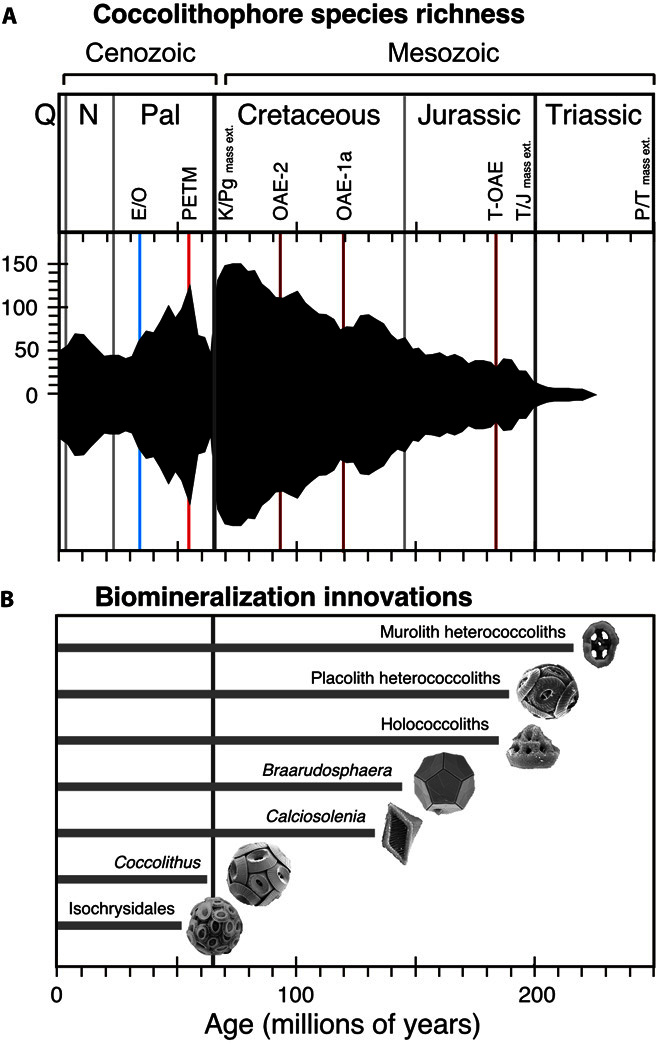Fig. 1. Evolutionary history of coccolithophores.

(A) Coccolithophore species richness over time [combining heterococcoliths and nannoliths; data from Bown et al. (10)]. Q, Quaternary; N, Neogene; Pal, Paleogene; E/O, Eocene/Oligocene glacial onset event; PETM, Paleocene/Eocene thermal maximum warming event; K/Pg, Cretaceous/Paleogene; OAE, oceanic anoxic event; T-OAE, Toarcian oceanic anoxic event; T/J, Triassic/Jurassic; P/T, Permian/Triassic; mass ext., mass extinction. (B) The fossil record of major coccolithophore biomineralization innovations and morphogroups, including the first appearances of muroliths (simple coccoliths with narrow, wall-like rims), placoliths (coccoliths with broad shields that interlock to form strong coccospheres), holococcoliths (coccoliths formed from microcrystals in the haploid life cycle phase), Braarudosphaera (pentagonal, laminated nannoliths forming dodecahedral coccospheres); Calciosolenia (distinct, rhombic murolith coccoliths), Coccolithus (long-ranging and abundant Cenozoic genus), Isochrysidales (dominant order that includes Emiliania, Gephyrocapsa, and Reticulofenestra). Significant mass extinctions and paleoceanographic/paleoclimatic events are marked as horizontal lines.
